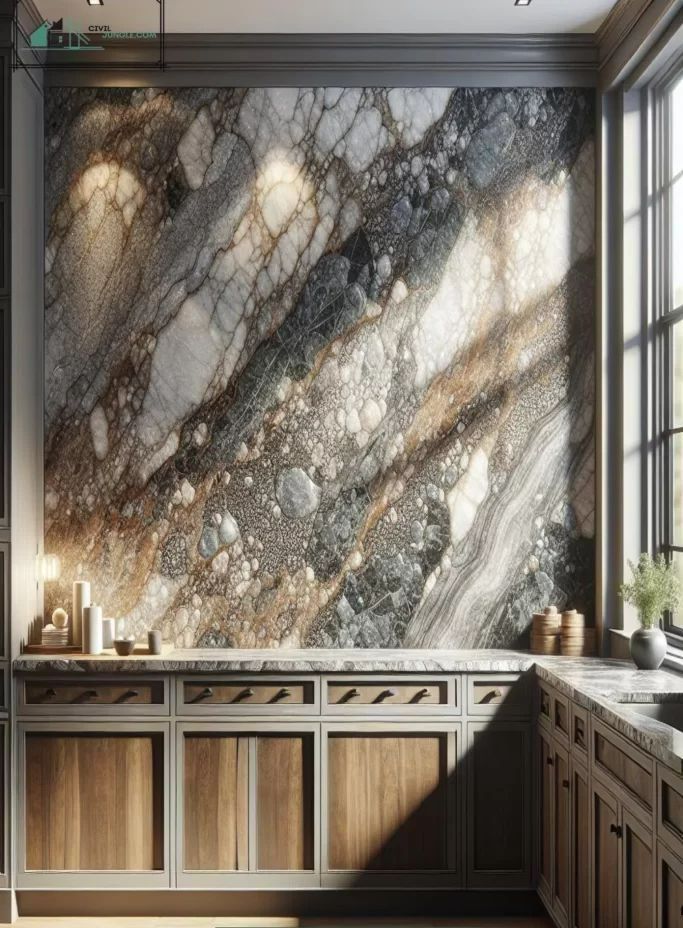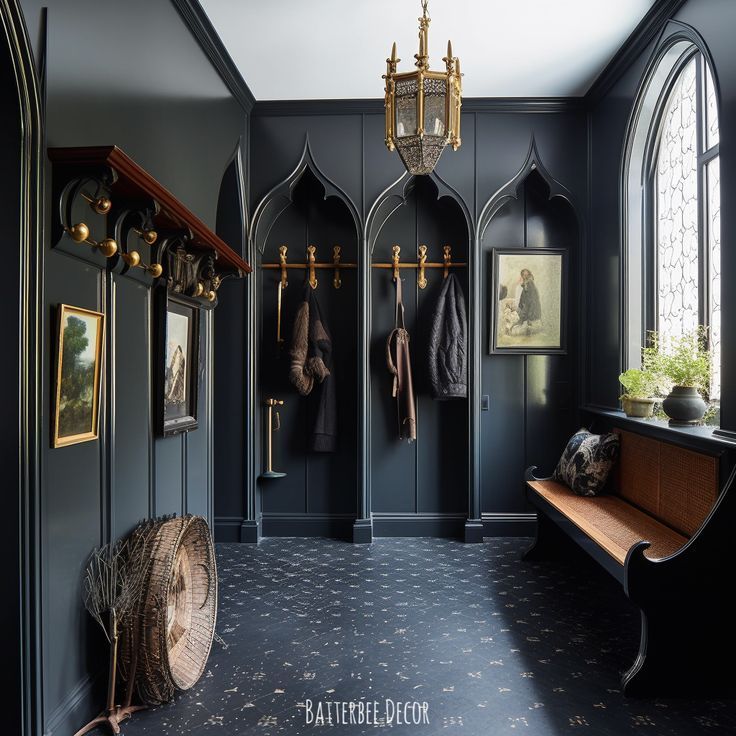Phycological Design
The Psychological Importance of a Good Match Between Client and Interior Designer

In the realm of interior design, the creation of a space is not just about the selection of colors, furniture, and accessories. It’s a deeply personal process that can significantly impact the well-being and happiness of the client. This is why the psychological aspect of the relationship between a client and their interior designer is paramount. A harmonious match can lead to a successful project, fostering an environment that resonates with the client’s identity, needs, and aspirations. Let’s delve into the psychological underpinnings that make this relationship so critical.
Understanding the Client’s Psyche
Every client brings a unique set of experiences, preferences, and emotional connections to the design process. A good interior designer is not just a decorator but a listener and an interpreter who can delve into the client’s psyche. They must understand not only the explicit requirements but also the unspoken needs and the emotional significance behind them. This psychological insight enables the designer to create a space that isn’t just beautiful but also deeply meaningful to the client.
The Role of Trust and Communication
Trust and open communication form the bedrock of any successful client-designer relationship. From a psychological standpoint, trust allows the client to feel secure in expressing their desires, fears, and even vulnerabilities related to their space. This emotional openness is crucial for the designer to accurately capture and translate the client’s inner world into the physical environment. Effective communication further ensures that the client’s expectations are aligned with the design process, thereby minimizing anxiety and dissatisfaction.
The Impact on Well-Being
The spaces we inhabit have a profound impact on our mood, productivity, and overall well-being. A well-designed space that reflects the client’s personality and functional needs can significantly enhance their quality of life. From the psychological perspective of environmental psychology, a good match between client and designer ensures that the space not only meets the aesthetic and functional requirements but also supports the client’s mental health. For example, the use of certain colors, textures, and layouts can influence one’s emotional state and stress levels.
Navigating Changes and Challenges
Interior design projects often involve navigating unforeseen challenges and changes. A strong psychological bond between the client and the designer facilitates resilience and flexibility in dealing with these issues. When there’s mutual respect and understanding, both parties are more likely to approach problems collaboratively and with empathy, leading to solutions that are agreeable and satisfying.
The significance of a good match between a client and an interior designer transcends the mere aesthetics of space. It is a deeply psychological partnership that can enhance the client’s quality of life by creating a space that truly reflects and supports their emotional and functional needs. For those embarking on the journey of transforming their space, consider the psychological dynamics at play. A designer who resonates with you on a personal level can turn the design process into a therapeutic and fulfilling experience, culminating in a space that is not only visually stunning but also a true sanctuary for the soul.






